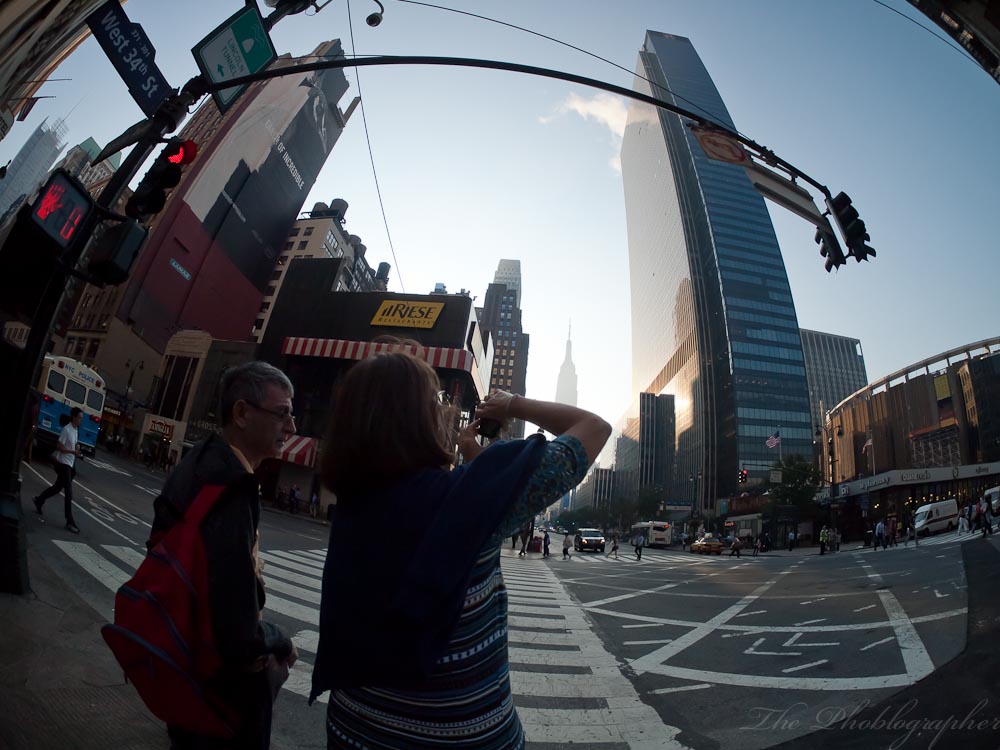
The effective focal length is 5.2 mm Image from Anne-Sophie Poulin-Girard, et al. In these cases, it is necessary to correct these dimensions to avoid needing very expensive and delicate optical elements.įigure 2 shows the layout of a fisheye lens with some of the optical elements mentioned above.įiure 2.
#On fisheye lens professional
Sometimes, the ideal lens can be very thin or even overlap with other lenses due to the high negative curvature. Fisheye photography may not be a popular go-to photography type for many professional photographer due to the extreme amount of distortion that it produces. To correct for this aberration, it is usually recommended to place a double achromatic lens behind the aperture stop.Īn important aspect twhen designing fisheye lenses is the mechanical aspect of the lens. Fisheye lenses have the interesting advantage that you can determine their field of view, because the distortion pattern is pre-determined. Another challenge is to reduce lateral color aberration (axial color aberration is not so much of a concern due to the short focal lengths). Fisheye lenses come in two different basic types determined by how they render the image in the frame. There is also a considerable amount of pupil aberration that needs to be corrected to reduce vignetting.

To do this, multiple optical elements are required, usually having negative elements at the front of the lens and positive elements at its back. One challenge of fisheye lens design is bringing all the light from these extreme angles into the sensor or viewer eye. Most fisheyes use an equisolid or equirectangular. So while you can use a full-frame fish-eye on an APS-C body, it will still be a fish-eye lens. Aberrations and Design ConsiderationsĪnother characteristic of fisheye lenses is that the image illumination is consistent (no vignetting is present.) A fish-eye lens is not just a lens with a very short focal length, it also has a specific distortion (cf. This extreme FOV produces a characteristic image with a large distortion.įigure 1: Fisheye image with large distortion. The latter can be as large as 180-degrees, giving the user a complete view of a scene. Fisheye lenses take this notion to the extreme and offer 180 degrees of viewing space. Usually, the fish eye lens has a very short focal length (less than 15mm for a 35mm-size image sensor), but a large field of view (FOV).

Anyone who has peaked through a hotel room peephole has used a fish eye lens.


 0 kommentar(er)
0 kommentar(er)
